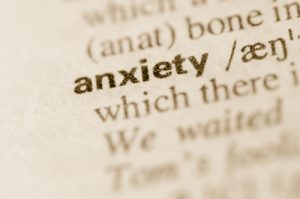 According to a new study, there is a fascinating correlation between levels of anxiety and defensiveness in patients exhibiting chronic back pain.
According to a new study, there is a fascinating correlation between levels of anxiety and defensiveness in patients exhibiting chronic back pain.
Researchers from Manchester Metropolitan University in England separated 70 participants into one of 4 groups based on personality type: defensive high-anxious (DHA), high-anxious (HA), repressors (REP), or low-anxious (LA). Differences between the groups attentional bias were presented at the 34th Annual American Pain Society Scientific Meeting in Palm Springs, CA.
“There is extensive research investigating REP individuals within the general and chronic illness populations,” the study explained. “However, there is limited research investigating DHA individuals in a musculoskeletal pain population.”
The subjects were shown multiple sets of a neutral image alongside an emotion-provoking image – specifically related to back pain. The study explained that the dot probe task was made up of 20 practice trials and 250 experimental trials.
Although the HA group did not show bias, the other 3 displayed clear differences. “Post hoc analysis showed the DHA group differed significantly from both the HA and REP individuals,” the report confirmed.
Using the Marlow-Crowne Social Desirability scale and the subscale State-Trait Anxiety Inventory, the authors revealed the following:
- DHA Group: Significant attentional bias for threatening images compared to neutral
- HA Group: Showed no bias
- REP Group: Significant attentional bias for positive images compared to neutral
 The authors noted that the difference between the DHA and HA groups should be highlighted since the results suggest that the defensiveness factor plays a key role in attentional bias towards back pain.
The authors noted that the difference between the DHA and HA groups should be highlighted since the results suggest that the defensiveness factor plays a key role in attentional bias towards back pain.







